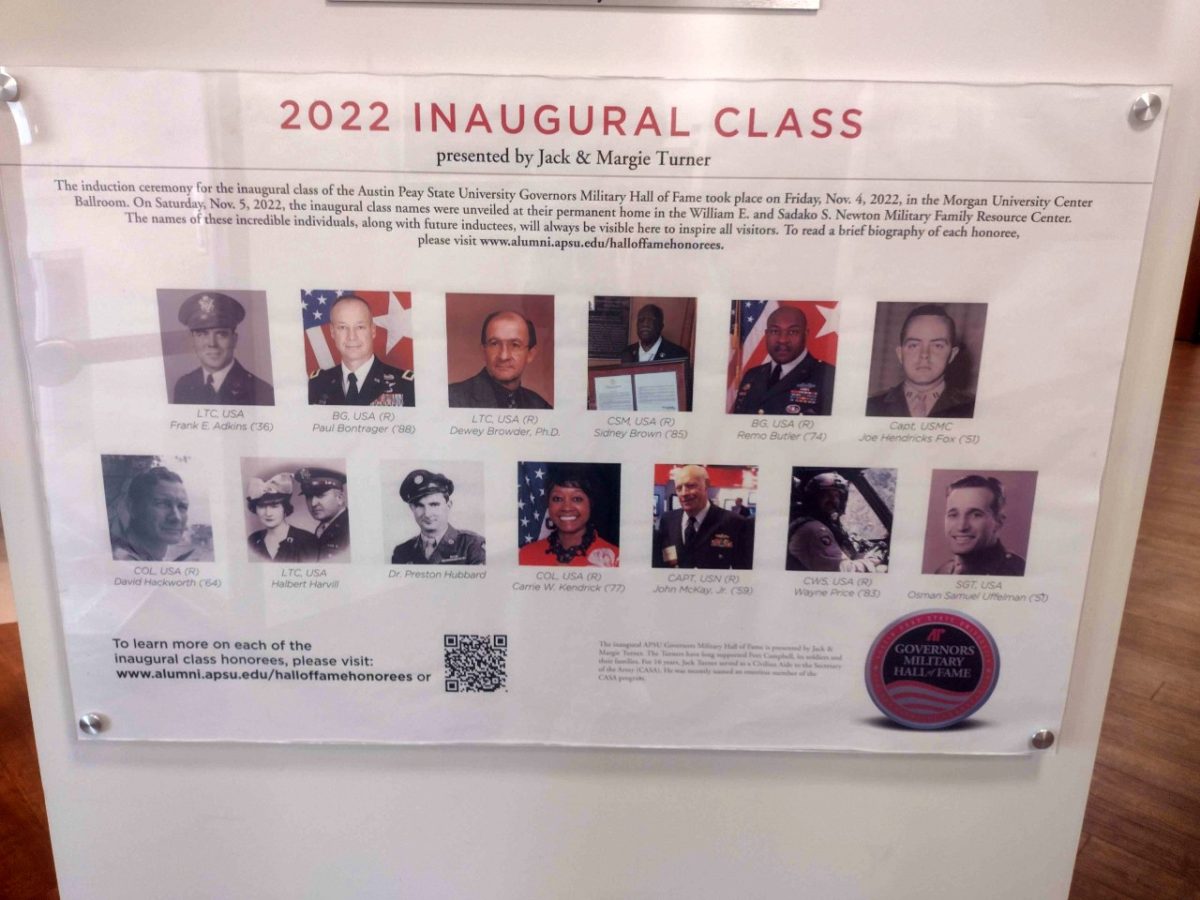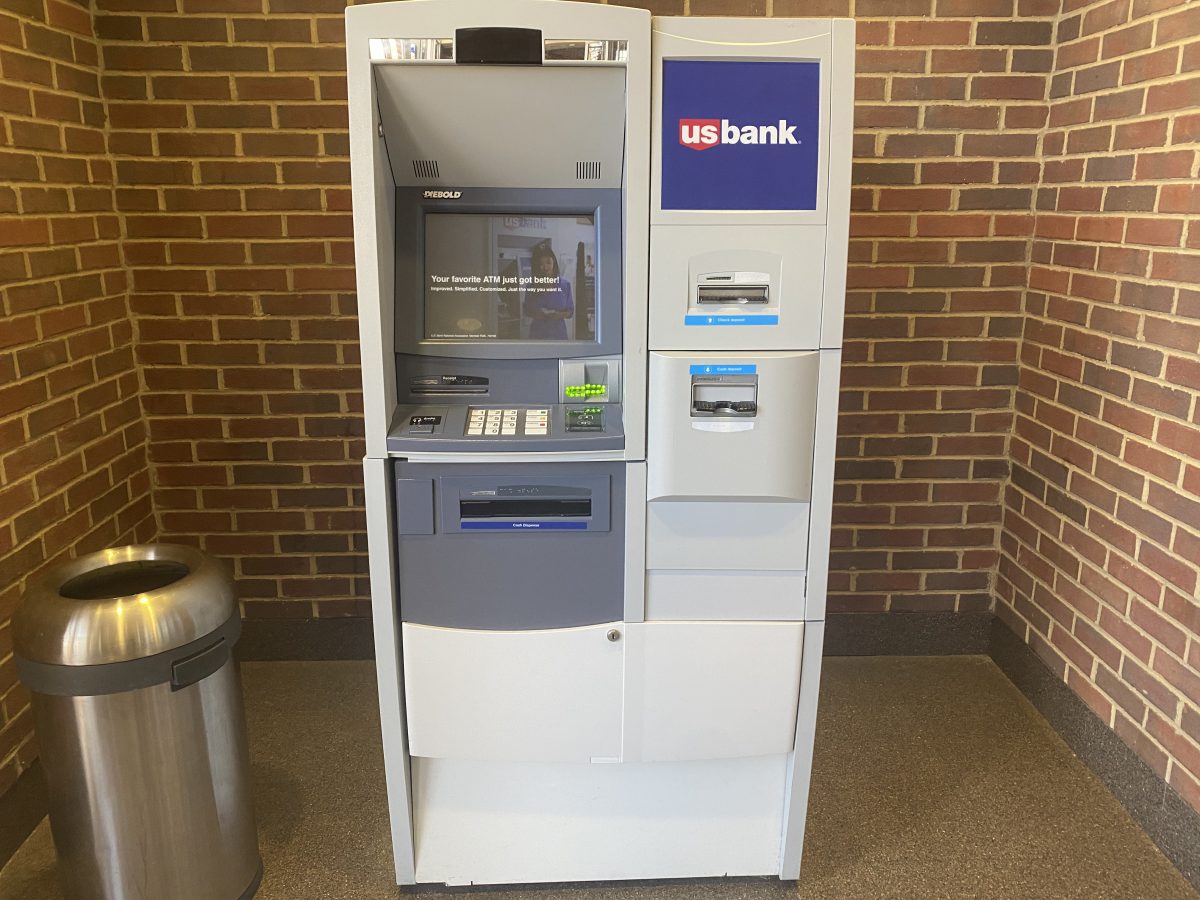One of the struggles of being in college is that, since you don’t actually have a degree yet, you aren’t qualified to have any sort of job that you might be interested in turning into a career. And, on the rare occasion you go looking at job postings (just in case), most of them mention previous experience.
So the question is posed: how are you supposed to break into your dream career field?
The answer is an internship.
Internships are opportunities (sometimes paid, sometimes unpaid) to work for a company and learn more about a particular career field. They come in all shapes and sizes, and can be a great asset to a professional resume.
For example, last week I attended the Department of Communication’s internship fair at the Memorial Health Building and took along my resume, which includes the internship I completed at Walt Disney World last semester. I spoke with 12 potential employers, and nine of them asked about the internship and how it could be related back to the job I was seeking.
While my internship at Disney was not related to the field of communications at all, I was able to talk about other aspects of the program that were transferrable, such as customer service and the Working for Walt blog.
So, what does a college student need to know about an internship?
First, there are two kinds of internships: paid and unpaid. Paid internships are typically offered by for-profit companies, while unpaid internships are offered more by non-profits. Until Glatt v. Fox Searchlight Pictures, internships had to follow a set of guidelines under the Fair Labor Standards Act to qualify as unpaid. According to these guidelines, the internships had to operate more like an educational opportunity and less like a job, interns could not displace (or take the place) of a company employee and the internship had to be beneficial for the intern (i.e.: not just fetching coffees).
However, the ruling in Glatt v. Fox Searchlight Pictures made it possible for companies to offer unpaid internships on the notion that, by simply having the opportunity to work for a company (and thereby gain priceless, on the job experience), an intern gains a much larger benefit than the company does.
What’s the difference, then?
The difference is whether or not you get paid.
Honestly, because no two internships are exactly alike, there is no other distinct line between a paid internship and an unpaid one. Typically, it is recommended to complete one of each kind of internship, because working in the for-profit sector of a career is much different than working for a non-profit.
How am I supposed to pick one?
Just like with a job, you can’t really be picky when applying for internships. If you qualify, apply. With an estimated 13 million college students enrolled in a standard, four-year program, you’re going to have competition. Especially with companies that operate on a nation-wide, or even global, scale. So, you have to put yourself out there, and see what offers you get. Then, just pick whichever one feels right for you.
Well, how do I find an internship?
There are a lot of ways to locate an internship. You could talk to local businesses or professionals, or even check out an internship engine (I’ll link some below). Basically, just keep your eyes open, and you’ll find something.
Internship engines:
http://www.internshipprograms.com/
Happy hunting!







